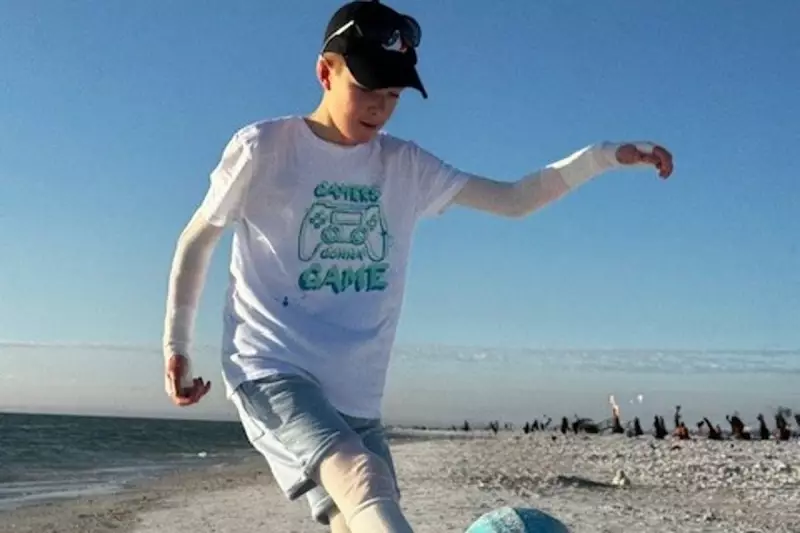
In a medical breakthrough offering hope to thousands, a British toddler suffering from a rare and painful skin condition has shown dramatic improvement after receiving groundbreaking gene therapy treatment.
The Heartbreaking Reality of EB
Recessive dystrophic epidermolysis bullosa (RDEB), the condition affecting young Arthur Morgan, causes the skin to blister and tear at the slightest touch. Patients are often called 'butterfly children' due to their fragile skin. Until now, treatment has focused solely on managing symptoms and preventing infections.
A Pioneering Treatment
The experimental therapy, developed by researchers at University College London and King's College London, involves:
- Extracting skin cells from the patient
- Genetically modifying them to correct the defective COL7A1 gene
- Growing sheets of healthy skin in a laboratory
- Transplanting the new skin onto affected areas
Remarkable Results
Arthur's parents report their son, who previously couldn't walk without pain, is now able to play like other children. The treatment has:
- Reduced blistering by over 80%
- Improved wound healing dramatically
- Allowed normal physical activity
- Enhanced overall quality of life
The Future of EB Treatment
While more research is needed, medical experts believe this therapy could revolutionise treatment for EB patients worldwide. The NHS is closely monitoring the results as it considers making the treatment more widely available.
"This isn't just about managing symptoms anymore," said lead researcher Dr. Jemima Mellerio. "We're talking about potentially curing aspects of this devastating condition."





